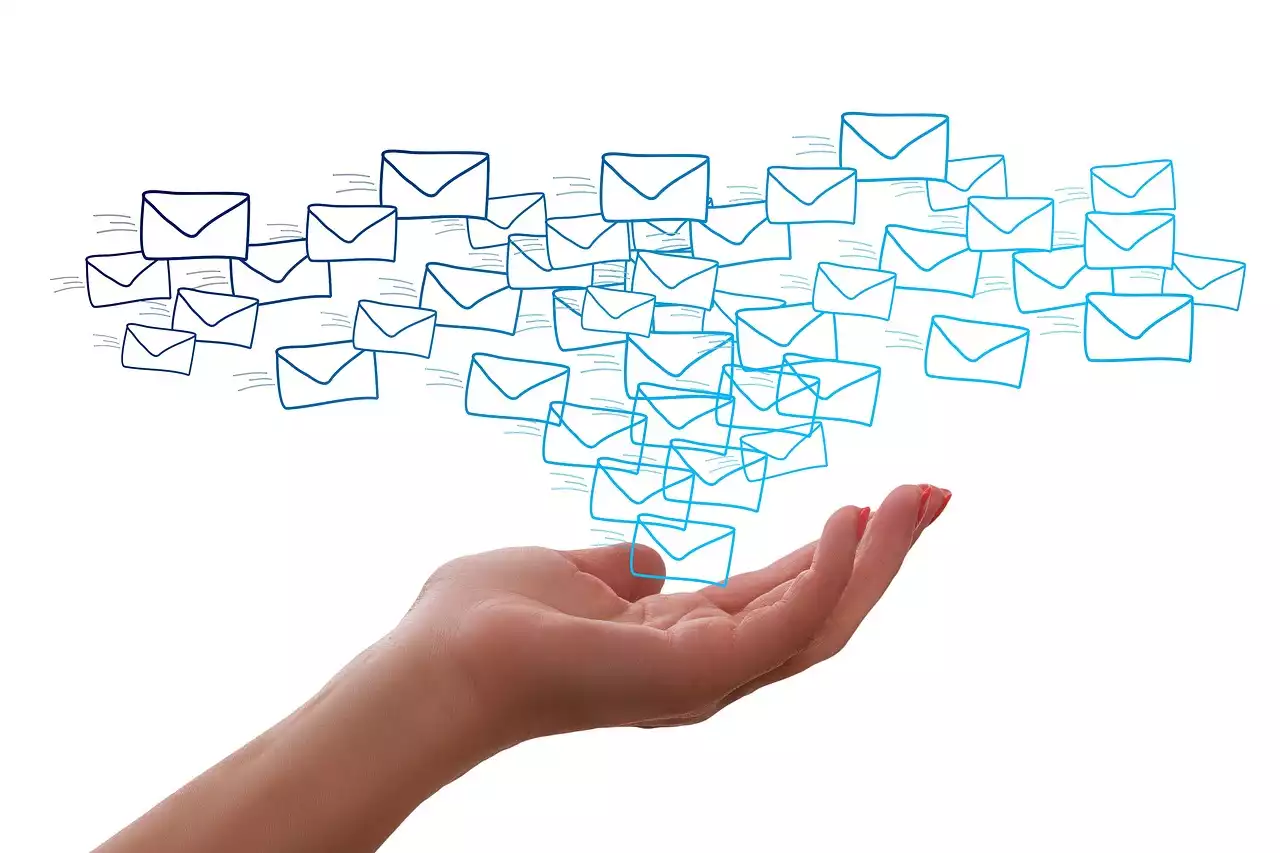Types of Email Marketing Campaigns
There are several types of email marketing campaigns that businesses can use to achieve their marketing goals:
1. Welcome emails: Welcome emails are sent to new subscribers and provide an opportunity to introduce your brand and set expectations for future emails.
2. Promotional emails: Promotional emails are designed to promote a product, service, or event. These emails can be targeted to specific segments of your email list to increase the relevance of the content.
3. Nurture emails: Nurture emails are designed to build relationships with subscribers and provide value over time. These emails can include educational content, helpful tips, and exclusive offers.
4. Abandoned cart emails: Abandoned cart emails are sent to subscribers who have added items to their cart but have not completed their purchase. These emails can be highly effective in driving conversions.
Creating an Email Marketing Strategy
To create a successful email marketing campaign, businesses need to have a clear strategy in place. Here are some key steps to consider when creating an email marketing strategy:
1. Define your goals: What do you want to achieve with your email marketing campaign? Whether it's driving conversions or building brand awareness, defining your goals is crucial to creating a successful campaign.
2. Identify your target audience: Who do you want to reach with your email campaigns? It's important to understand the demographics and interests of your target audience to create targeted campaigns that resonate with them.
3. Segment your email list: Segmenting your email list allows you to send targeted messages to specific groups of subscribers. By segmenting your list, you can ensure that your message is relevant to the recipient.
4. Choose the right email marketing tool: There are many email marketing tools available, each with their own features and benefits. It's important to choose a tool that meets the needs of your business and allows you to create effective campaigns.
Building an Email List
To create a successful email marketing campaign, businesses need to have a strong email list. Here are some tips for building an email list:
1. Create valuable content: Offer valuable content, such as exclusive offers or helpful tips, to encourage visitors to sign up for your email list.
2. Use pop-ups and forms: Use pop-ups and forms on your website to encourage visitors to sign up for your email list.
3. Promote your email list on social media: Promote your email list on social media to reach a wider audience and encourage sign-ups.
4. Offer incentives: Offer incentives, such as a discount on a first purchase, to encourage visitors to sign up for your email list.
Writing Effective Email Content
To create effective email content, businesses need to consider the following:
1. Personalization: Personalized emails are more effective than non-personalized emails. Use the recipient's name and other relevant information to personalize the email.
2. Clarity: The content of the email should be clear and easy to read. Use short paragraphs and bullet points to make the content more digestible.
3. Value: The content of the email should provide value to the recipient. Whether it's an exclusive offer or helpful tips, the content should be relevant and useful.
4. Call-to-action: The email should include a clear and compelling call-to-action that encourages the recipient to take the desired action.
Measuring the Success of an Email Marketing Campaign
To measure the success of an email marketing campaign, businesses need to track the following metrics:
1. Open rate: The open rate measures the percentage of recipients who opened the email.
2. Click-through rate: The click-through rate measures the percentage of recipients who clicked on a link within the email.
3. Conversion rate: The conversion rate measures the percentage of recipients who completed the desired action, such as making a purchase.
4. Bounce rate: The bounce rate measures the percentage of emails that were not delivered.
Tracking these metrics allows businesses to understand the effectiveness of their email campaigns and make adjustments as needed.
Best Email Marketing Tools
There are many email marketing tools available, each with their own features and benefits. Here are some of the best email marketing tools:
1. Mailchimp: Mailchimp is a popular email marketing tool that offers a range of features, including automation, segmentation, and A/B testing.
2. Constant Contact: Constant Contact is an easy-to-use email marketing tool that offers a range of templates and features to help businesses create effective campaigns.
3. Campaign Monitor: Campaign Monitor is a powerful email marketing tool that offers advanced segmentation and automation features.
4. Hubspot: Hubspot is an all-in-one marketing platform that includes email marketing tools, as well as marketing automation, CRM, and more.










.png?size=50)